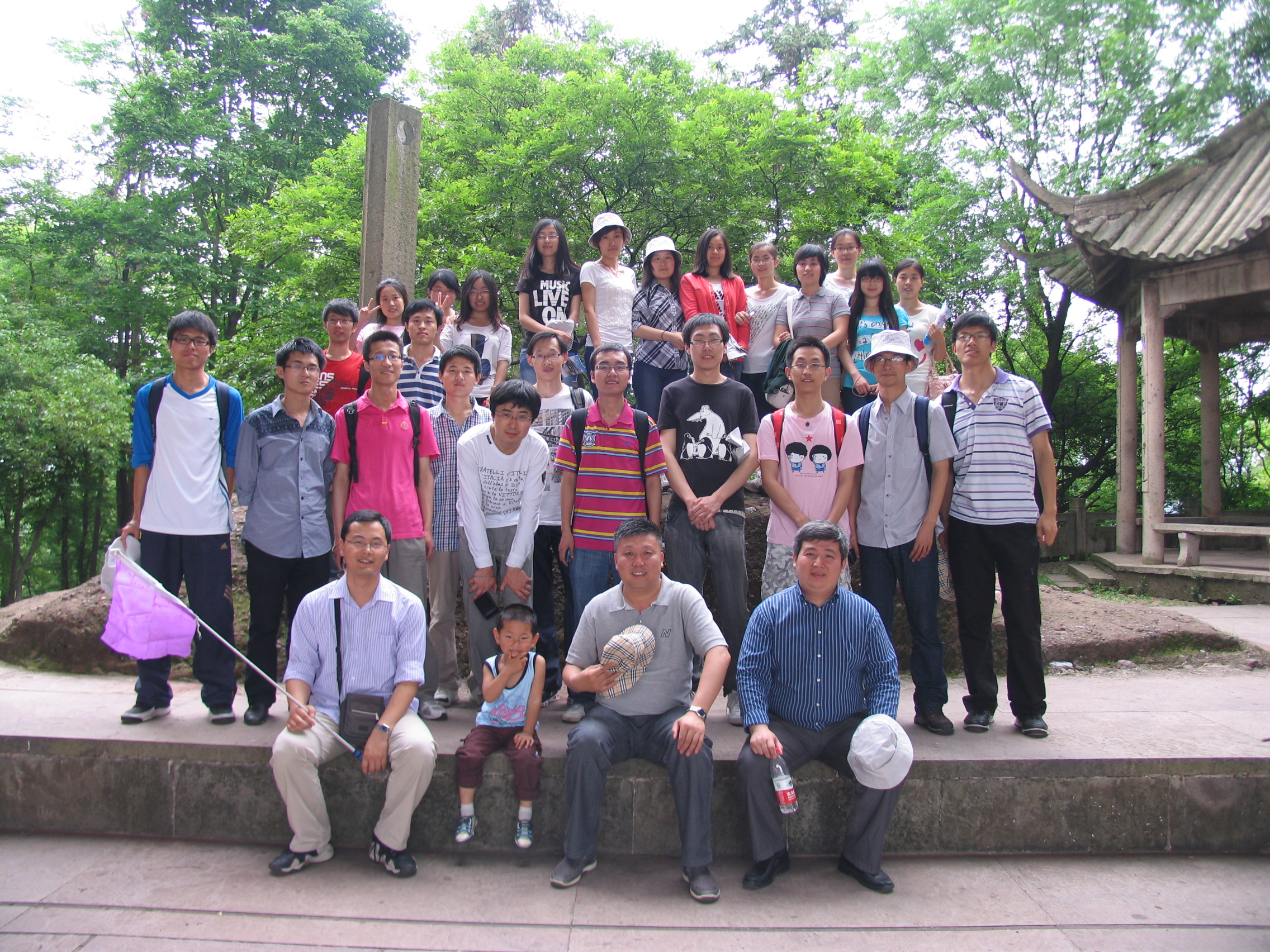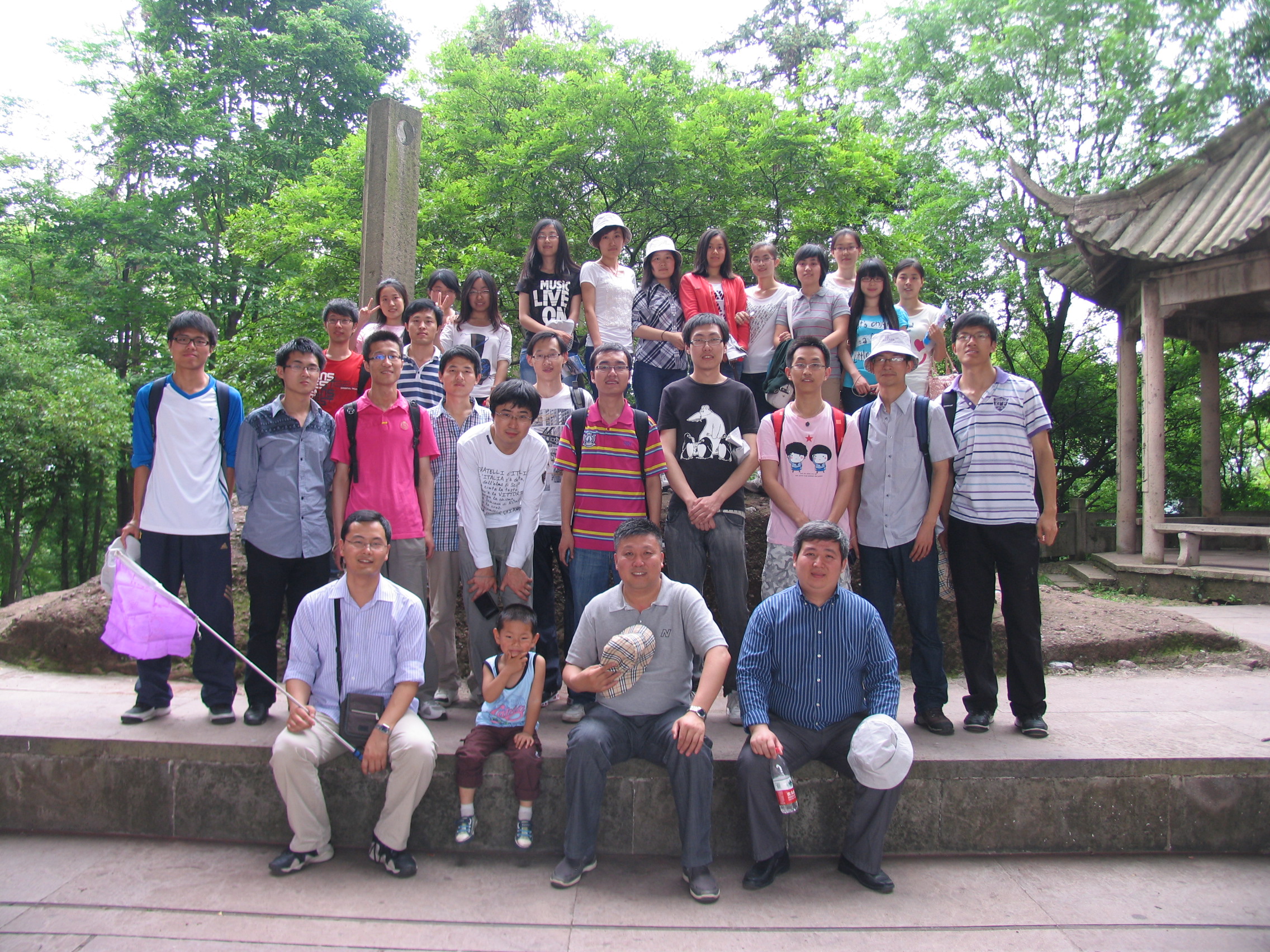Cellular Uptake of Covalent Poly(allylamine hydrochloride) Microcapsules and Its Influences on Cell Functions
2012-10-05Polyelectrolyte microcapsules have been widely used in biomedical field as novel drug delivery carriers and diagnosis probes for diseases.However, biological effect such as internalization process and influence on cell functions, which are of paramount importance for intracellular drug delivery, is still not fully addressed. This study is focused on the mechanism of the cellular uptake of microcapsules and its influences on the functions and toxicity of human smooth muscle cells (SMCs). The covalently assembled microcapsules with poly(allylamine hydrochloride) and glutaraldehyde as building blocks were prepared via LbL assembly on spherical dextran sulfate-doped CaCO3 template, followed by removal of the template.The microcapsules were easily ingested by SMCs mainly through macropinosis and caveolae-mediated endocytosis pathways. No exocytosis was observed. The capsules mainly dispersed in cytoplasm without colocalization in early endosomes and cell nucleus within 48 h culturein vitro. The results of gene chip revealed that 886 genes were down-regulated and 758 genes were up-regulated more than 2 folds after the cells were exposed to microcapsules, suggesting substantial and profound alternation of phenotypes and functions. Influences of the capsule uptake on cell toxicity and functions were then studied in terms of cell viability, cytoskeleton organization, cell cycle, cell adhesion and migration. Although uptake of the microcapsules caused slightly decrease of cell viability, it did cause significant alternation of cytoskeleton organization and cell cycle. The cell adhesion and migration ability were largely impaired too, demonstrating again the comprehensive impacts of capsule uptake on cell functions. Bing Wang#, Yuying Zhang#, Zhengwei Mao, Changyou Gao*. Cellular Uptake of Covalent Poly(allylamine hydrochloride) Microcapsules and Its Influences on Cell Functions, Macromolecular Bioscience, 2012, doi: 10.1002/mabi. 201200182.














